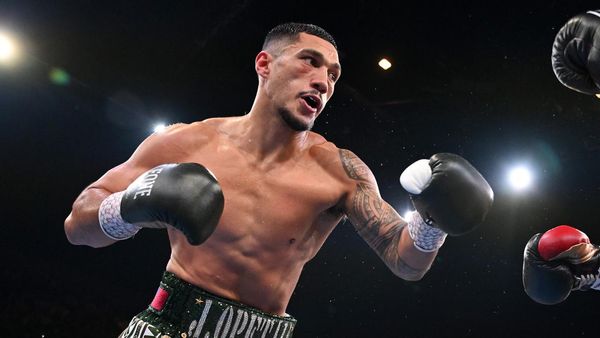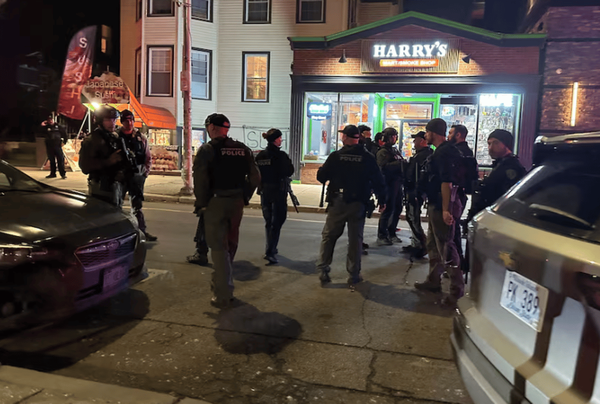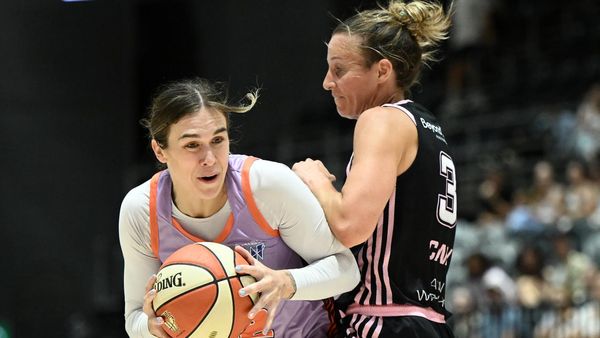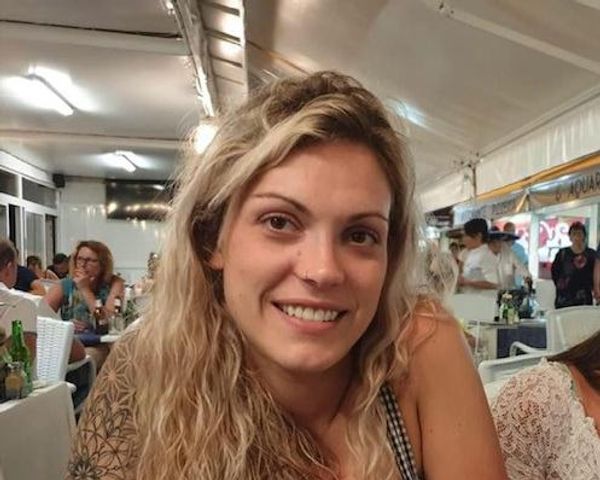
Bahaa* had no choice but to keep on working as patient after patient came through the doors of the Sweida National hospital in southern Syria. Almost all bore similar injuries: gunshot wounds and bodies shredded by shrapnel from nearby exploding artillery.
“There were hundreds of wounded, no less than 200 bodies in the hospital. Many of them shot in the head, as if executed,” said Bahaa, a surgeon speaking of the events of this week in Sweida under a pseudonym for fear of retribution.
Videos filmed inside the hospital showed hallways lined with corpses, rooms stacked with body bags and corpses piled up outside. A second doctor from the intensive care unit said bodies had to be placed outside the morgue for lack of space.
The casualties, both civilian and military, were some of at least 516 civilians and fighters killed in four days of clashes in the Druze-majority province, according to figures given by the UK-based Syrian Observatory for Human Rights (SOHR).
At least 86 of those killed were field executions of Druze civilians by government fighters or allied militias, as well as three Bedouin civilians killed by Druze fighters, SOHR said.
The fighting, begun by a local dispute between Bedouin tribes and Druze fighters, quickly escalated and prompted Syrian government forces to intervene. Druze fighters resisted their entry into the province and clashes began with Syrian government forces.
Residents described four days of terror as fighting quickly took on a sectarian flavour – the violence was the most serious threat to Syria’s stability since March, when 1,500 mostly Alawite civilians were killed after a failed attack on government forces.
Syria’s president, Ahmad al-Sharaa, has pledged to protect the country’s minorities since the toppling of former Syrian president Bashar al-Assad in December. He now leads a country riven by sectarian divisions after 14 years of civil war, without the resources to engage in the transitional justice needed to heal it.
The president, a former al-Qaida leader turned statesman, has been welcomed on to the international stage but there are deep misgivings about him among Syria’s minorities back home.
As the Syrian military withdrew from the city on Wednesday, people began to emerge from their houses and take stock of their losses.
At least 15 unarmed people were killed at a reception hall belonging to the prominent Radwan family in Sweida city on Tuesday, three members of the family told the Guardian. SOHR also reported the killings, though put the number of dead at 12.
“They were sitting there drinking coffee when gunmen came in and just started shooting. There are no weapons allowed in the hall, it’s not like it’s a military base,” said Maan Radwan, a 46-year-old London resident whose relatives were killed in the shooting.
Sweida residents blamed government-affiliated forces for the killings but witnesses said it was impossible to distinguish between state security forces and rogue militias. The Guardian could not independently verify who was responsible for the killings.
An eyewitness said the attackers were wearing army fatigues but could not tell if they were from government-affiliated forces or a militia. “It’s impossible to tell who is killing us,” a 52-year-old teacher and relative of the Radwan family in Sweida told the Guardian by phone.
Video of the aftermath of the shooting showed unarmed men strewn across a room lying in pools of blood. Family members said men in army fatigues prevented ambulances from reaching the reception hall, which they thought was meant to ensure the wounded died from blood loss.
Bahaa received the bodies of those killed in the Radwan shooting at the hospital, some of whom he knew personally, and said that their bodies bore close-range gunshot wounds. He would recognise many more of the corpses that would later come through the hospital doors.
Conditions in the hospital itself became desperate as fighters besieged the facility. Doctors hid in the hallways as bullets and artillery flew by, and the hospital itself was hit at least once. They began to ration medicine and other basic supplies.
“We were trying to limit each wounded person to 2 or 3CCs of Tramadol and we would dilute it so it would last for everyone,” the doctor from the intensive care unit said.
Al-Sharaa gave a speech on Thursday condemning the abuses against civilians and said there would be accountability. The Syrian defence ministry also said it was “adhering to rules of engagement to protect residents”.
“We are determined to hold accountable anyone who wronged or harmed our Druze brethren. They are under the protection and responsibility of the state, and the law and justice guarantee the rights of all without exception,” the Syrian president said.
On their private social media seen by the Guardian, two government forces members posted sectarian hate speech against Druze.
One posted a video of him and two other soldiers driving through Sweida laughing as he said: “We are on our way to distribute aid,” while brandishing a machete to the camera. He filmed himself inside a house in Sweida ripping a picture of Druze spiritual leaders off a wall and trampling it with his boots.
“If God grants you victory, none can defeat you … On behalf of the tribes, oh Druze and Alawites, we are coming for you with sectarianism,” he continued.
Another fighter posted a video of him driving through the town of Sahwa Blata in Sweida province, pausing to gloat over two dead bodies on the sidewalk as he filmed.
“These are your dogs, al-Hijri. Anyone who stands against the state this is what will happen to them,” he said, referring to the most staunchly anti-government of the three Druze spiritual leaders, Sheikh Hikmat al-Hijri.
Yousef* recognised the two men in the video as his cousin and his cousin’s son. He had no idea prior that they were dead.
“They called me at 7am that morning and most of the people had fled the village. They didn’t know what to do, and they didn’t have any guns at all,” said Yousef, a 25-year-old civil engineer in Sweida.
Despite the ceasefire on Wednesday, intermittent violence seemed to continue. Rumours of another Bedouin attack on Sweida prompted a mass exodus of residents on Thursday. Yousef sent a video of him interviewing people as they fled. One had two body bags in the bed of his pickup truck. Unzipping the one of the body bags, Yousef showed the camera the body of a woman, her throat slit.
The cycle of tit-for-tat violence which carried sectarian overtones threatens the unity of the new Syrian state, which authorities in Damascus were desperately trying to hold together. Mistrust between the Druze and the new authorities, and vice versa, has fallen to an all time low.
Syrian state media reported on Thursday that there were now attacks on the small Bedouin communities in Sweida, prompting further displacement and what it called massacres by “outlaw groups”.
Social media was flooded by another round of images of dead civilians, this time, they claimed, it was the Druze attacking the Bedouins. The Guardian could not independently verify the veracity of those videos.
“So many of those killed were anti-Assad from the beginning. All of these killings after 14 years of war. What’s the point?” said Bahaa.
(Names with an asterisk have been changed)







